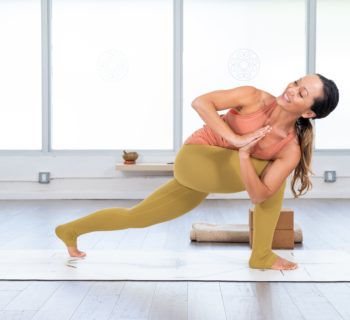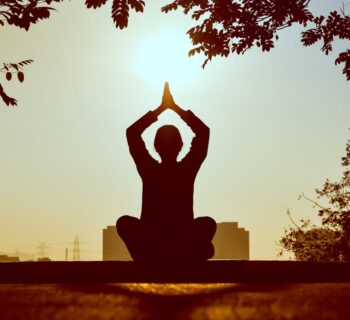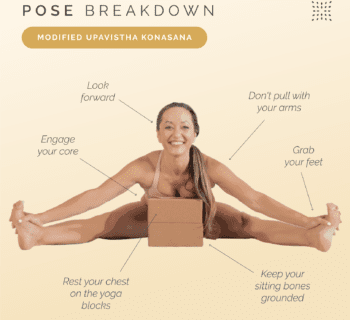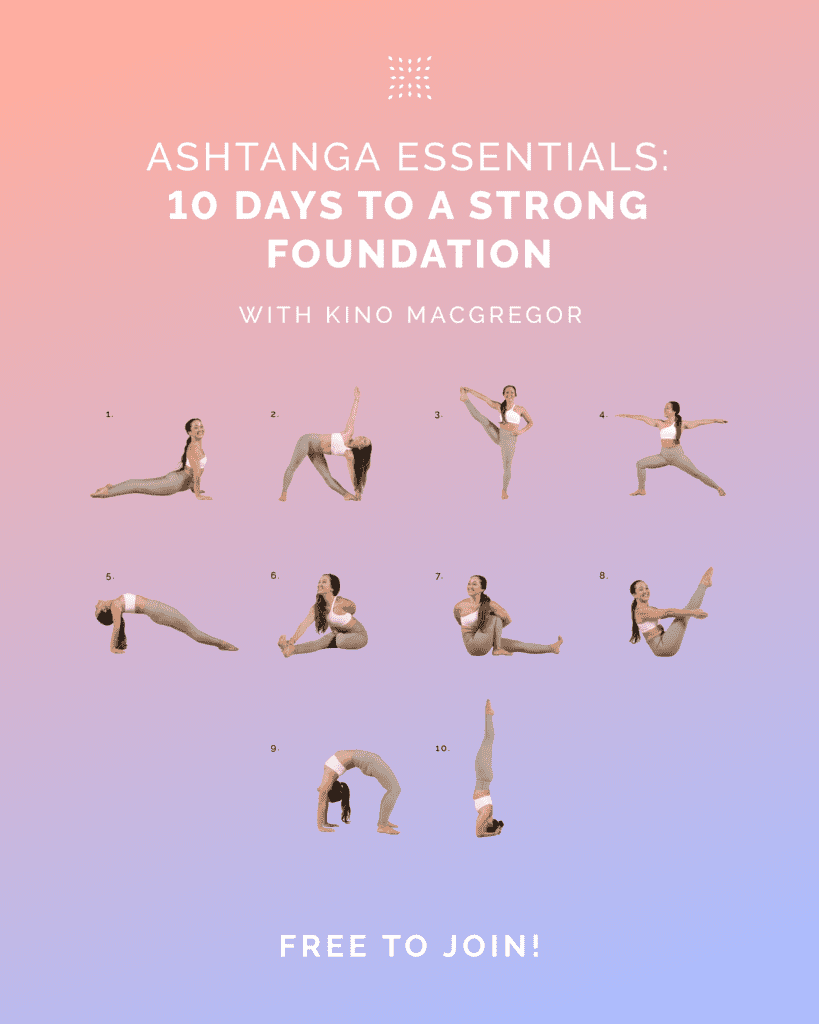Yoga has allowed me to accept myself in a life-changing moment seeded in stereotypes and preconceived notions of worth tied to neurotypicality: the moment I was diagnosed with autism. For many years autism has been seen as a flaw, a mental disability. However, that is not the case. The only difference between being autistic and being neurotypical is ease.
I have always felt the world to be sharper than how others describe it. Whether that be intense scents, piercing sounds, or blinding lighting, the world has always overstimulated my senses. With time I began to toon out unnecessary stimuli and information, which led me to tune out my own needs. I began to conform myself to spaces that left me feeling drained and overwhelmed. It wasn’t until I began yoga that I was able to tune back into the stimuli and information within that I had shut out over the years. Along my yogic journey, I found myself craving answers to why I experience life so intensely. And the answer was autism.
Autism is commonly misconstrued as a debilitating mental disability. Decades of preconceived notions of what autism looks like have left many individuals undiagnosed. While a diagnosis does not change autism in an individual, it does name the experience. As someone who has been recently diagnosed with autism, I know this to be true. Autism, or “autism spectrum disorder (ASD), refers to a broad range of conditions characterized by challenges with social skills, repetitive behaviors, speech, and nonverbal communication” (autismspeaks.org/what-autism). While I cannot speak for the experiences of other autistic individuals, I can speak to my own experience.
Most research on autism has been done on young white boys, with very little research done on girls or people of color. Due to the disparities in research on autism, girls are much less likely to be diagnosed with autism than boys. The main cause of this is because of the way autism presents itself in boys versus girls. Girls are much better are masking their autistic traits and mirroring the behaviors of those around them, making them seem neurotypical. I was not diagnosed with autism until I was 20 years old. I spent 20 years feeling the effects of a neurotypical world trying to mold me into what I have never been— imagine trying to put a star-shaped block into a square-shaped hole. While a diagnosis would have provided me with a road map to life, it would not have protected me. I had to do that myself, with or without a diagnosis. It was not until I started practicing yoga that I was able to dig through the rubble I had caused chiseling away at a star for years trying to fit into a square-shaped world.
Yoga came into my life when I most needed it. Fresh out of high school and grieving the loss of my 20-year-old cousin, my life felt as though it was crumbling at my feet. At just 18 I experienced a loss that almost broke me. My cousin Nathalie took her own life at 20 years old, leaving everyone who adored her questioning what they could have done differently, including myself. This is when yoga found me, drained and constantly on the verge of tears. In the next few months, yoga provided me stability through routine and gave me a safe space for my thoughts and feelings.
While I didn’t know it at the time, yoga allowed me to grieve my cousin in the healthiest and safest way I could. I found myself using yoga as a coping mechanism, turning to it when I felt angry and ready to lash out at those around me. It started as 30 minutes of gentle yoga. In those 30 minutes, I found that I grew calmer and kinder to myself and the thoughts of others.
I continued practicing yoga every day throughout that summer. Almost as if it were a take-as-needed prescription, and boy did I need it. As my body and mind grew more comfortable with yoga, so did my schedule. I began to practice yoga every day for an hour in the morning. In this hour I found my body and self-love. As someone who has struggled with self-esteem issues my entire life, turning to the mantra, “today I choose self-love” allowed me to remind myself of the love I deserve. Not only did these five words fill my yogic thoughts, but they resided with me as I continued throughout my day.
That summer I worked on a boat. As an individual with autism, I thrive when I am comfortable. Let’s just say spending all day on a boat covered in seawater, blistered from the Florida sun, and being yelled at by other employees is not for the faint of heart. In moments when I became extremely overwhelmed, I turned back to my mantra, because even if the external world wasn’t showing me love, I still could. And it worked! I was able to regulate and self-soothe. Something I still do to this day in overly stressful situations. With emotional stability came mental stability. Grounded and at peace, I was able to listen to and accept my bodily needs. Whether that be practicing a gentle flow for the day, or giving myself extra nutrients, yoga allowed me to dive deep into my being. When I started college I continued practicing yoga and mindfulness, especially through journaling. However, it wasn’t until I was away from home that I could start healing.
They say you can’t heal in the place you got sick. While I wasn’t physically sick this saying still rang true. No matter how hard I tried to heal my internal wounds, they wouldn’t budge. Constant reminders of past pain stuck me in fight or flight mode, leaving my body tense and vulnerable. While yoga made my body feel good, it took listening to and respecting my needs to begin healing. In the quiet moments, I carved out for myself every day I found myself listening. Digging through debris that was left from unhealed trauma I was able to find myself, and there was a lot to discover.
Yoga has taught me to accept myself no matter how I show up in the world. I learned that strength and flexibility keep me healthy, both mentally and physically. I found that change will come no matter how hard you try to fight it. I never liked change without structure, but realistically, change is a part of life that can not be structured. To structure change is to interfere with the beauty of growth. Being flexible to change and strong in moments where I feel vulnerable comes from the power of yoga.
Yoga has allowed me to accept myself in a life-changing moment seeded in stereotypes and preconceived notions of worth tied to neurotypicality: the moment I was diagnosed with autism. For many years autism has been seen as a flaw, a mental disability. However, that is not the case. The only difference between being autistic and being neurotypical is ease. It is much easier for neurotypical individuals to live in a world socialized to fit their needs. Being autistic is a superpower. I might be hypersensitive but I have amazing hearing and smell. I am empathetic and observant. Being diagnosed with autism did not change who I was. I have always been autistic, now I just know that I am not alone in the way I experience the world.
I have flawlessly accepted that this was the right diagnosis because, through yoga, I was able to listen to my needs and find who I really am underneath all the societal conditioning forcing me to present as neurotypical, when I never have been and never will be.
NOTE: This post is part of a collaborative media series organized and curated by Omstars and the Yoga & Body Image Coalition intended as a deep dive into yoga & body image.
By Raquel Alexandar
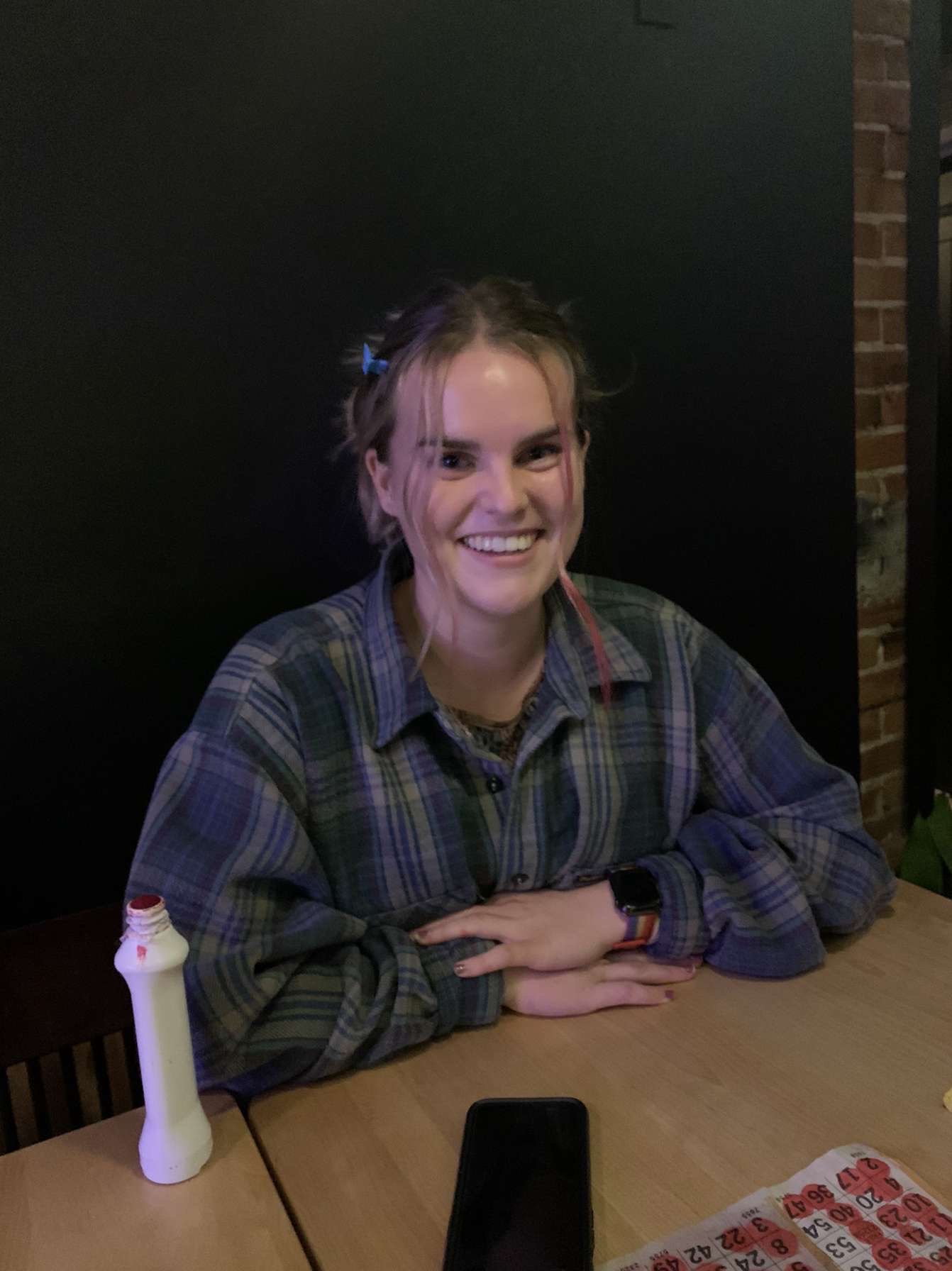
Raquel Alexandar is majoring in Philosophy and minoring in Legal Studies at the University of Oregon. She has been practicing yoga for 3 1/2 years. Yoga has been both a physical and emotional outlet for Raquel as she navigates her identity and her college experience. She is a certified Dive Master and enjoys spending time in nature. It is her goal to use her education to spread awareness about neurodivergence and make neurodivergent individuals, such as herself, to feel less alone in this world.
Photo by Chelsea Gates on Unsplash






